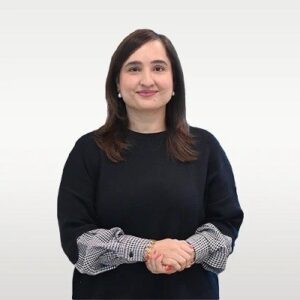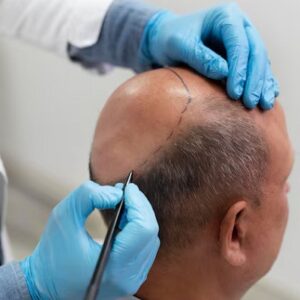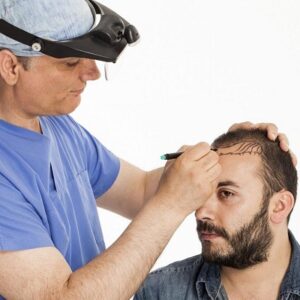
Alopecia is always stressful to many ladies, and they thus constantly feel ugly. In recent years, such operations have become popular as a possible cure for this problem. But many women having this problem are curious and ask this question: Is hair transplant in Islamabad successful for females?
In this blog, we will talk about how hair transplants in Islamabad are successful for females. Its methods, contributing aspects, and patient reviews.
Understanding Female Hair Loss:
If we know the causes of hair loss in women, it would be significant to talk about the effectiveness of hair relocation. While male balding involves the formation of a receding hairline, most women experience thinning hair progressively.
Hair Transplant Techniques:
It has been clearly shown that the effectiveness of hair transplants in Islamabad in females strictly depends on the technique being used. The two common techniques are the FUT and FUE.
FUT (Follicular Unit Transplantation):
This technique involves taking a strip of skin from the back of the head ‘donor site’ and then transplanting the number of follicular unit hairs required. This technique may produce many grafts, it leaves a straight scar.
FUE (Follicular Unit Extraction):
This least invasive procedure involves direct harvesting of individual follicular units from the scalp without the need for a linear strip incision. As we know, FUE has a relatively shorter recovery time. It does not leave any scars on the scalp, which is very important for women.
FUE has also shown positive results. But the big advantage is that it is less invasive and many women in Islamabad prefer it.
Factors Influencing Success:
The success of a hair relocation in Islamabad in females can based on several factors:
Consultation:
The surgeon will first evaluate the extent of alopecia and the state of the scalp, and then tell the patient before determining the right procedure to be used.
Surgeon Experience:
The degree of specialization of the surgeon also influences the result. The young doctors will not be as effective as the old doctors when it comes to the natural appearance of hair and the appropriate hairline for the face of the patient.
Post-Operative Care:
It is extremely important to stick to these guidelines after the grafting in order to achieve the best results for hair growth. These are exercising hair care, and follow-up consultations with the specialist.
Individual Healing Capacity:
It is widely acknowledged that different patients’ bodies would handle operations in dissimilar manners. So, recovery and hair growth depend on such factors as age, general health, and lifestyle.
Patient Reviews:
There are so many success reviews we hear from women who have sought hair implants in Islamabad. These focus on thickness, ethnicity, hairlines, and general satisfaction with their hair.
Cost:
The cost of a hair transplant in Islamabad ranges from PKR 85,000 to PKR 250,000. This is not the estimated price but the actual price also depends on various factors including:
- Surgeon’s Expertise.
- Location of the treatment.
- Area of treatment.
- Transplant Technique.
Final Thoughts:
In conclusion, the possibility of hair relocation in Islamabad is successful in females. Therefore, through the use of efficient techniques, most ladies can get proper treatment for their hair loss problems.
If you want to undertake hair transplants then you need to visit Dynamic Clinic PK. Seeking the services of the best surgeon in Islamabad like Dr. Hasnain Khan is one of the best for achieving your dream hair.









